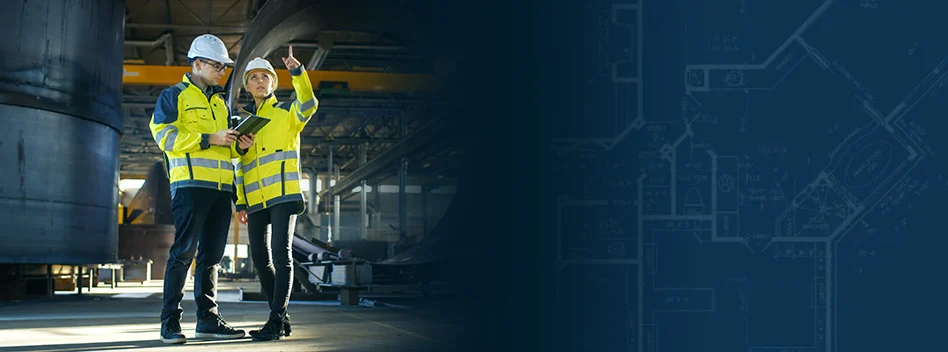As a construction project manager, you should be ready with a plan to prevent any sort of disaster from work being done on the building site. You should be aware of the risks that come with the project, and during the planning phase, identify them to keep them at bay. As a project manager, risk management is one of the most important tasks you should pay attention to so that the timeline and the quality of the project are not affected in any way.
Kanat Sultanbekov – Risk management strategies for the successful completion of a project
Kanat Sultanbekov is a highly skilled and widely respected construction project manager from New York known for his proven track record in maintaining safety standards and completing projects in time. According to him, risk management is one of the foremost things that every project manager should keep in mind before the commencement of a project.
According to him, construction projects are complex and filled with uncertainty, which can have damaging consequences on the project. To attain success, a project manager needs to analyze the risk and manage it to the best possible.
Identify the risks and their owners
Every construction project has a series of internal and external risks, including financial, environmental, and technical risks. Once you have ranked all the risks and identified the risk owner, it is time for you as a project manager to plan how to manage each type of risk. It is obvious that the whole team cannot remove all the risks; however, some specific risks can be eliminated. For instance, you can reduce the scope to eliminate high-risk tasks, increase the time or the resource or avoid using a contractor whom you have not worked with before.
Transfer of the risk
You can shift the consequences of the risk to any third party. However, this does not mean that transferring the risk will eliminate it. The transfer of risk always entails the payment of a premium to the party who has agreed to manage the risk, for instance, performance bonds, insurance, warranties, and others.
Mitigation
Mitigation refers to the reduction of the consequences or the probability of any adverse risk to a threshold that is satisfactory to the project. For instance, acting on an event in advance is better than repairing its consequences. Here, you should embrace a strategy with less complex processes, use more engineering or seismic tests, or select a more stable supplier.
Acceptance of the risk
The project team, in this case, accepts the risk, and they do not wish to make any changes to the plan, or they cannot identify any other response strategy for the project risk. In such a case, the project manager should draw up a contingency plan in the event of such a risk occurrence.
According to Kanat Sultanbekov, project managers should keep the above in mind when it comes to monitoring risks for any construction project. In this way, they can protect the project from financial losses and delays to an optimal extent.
